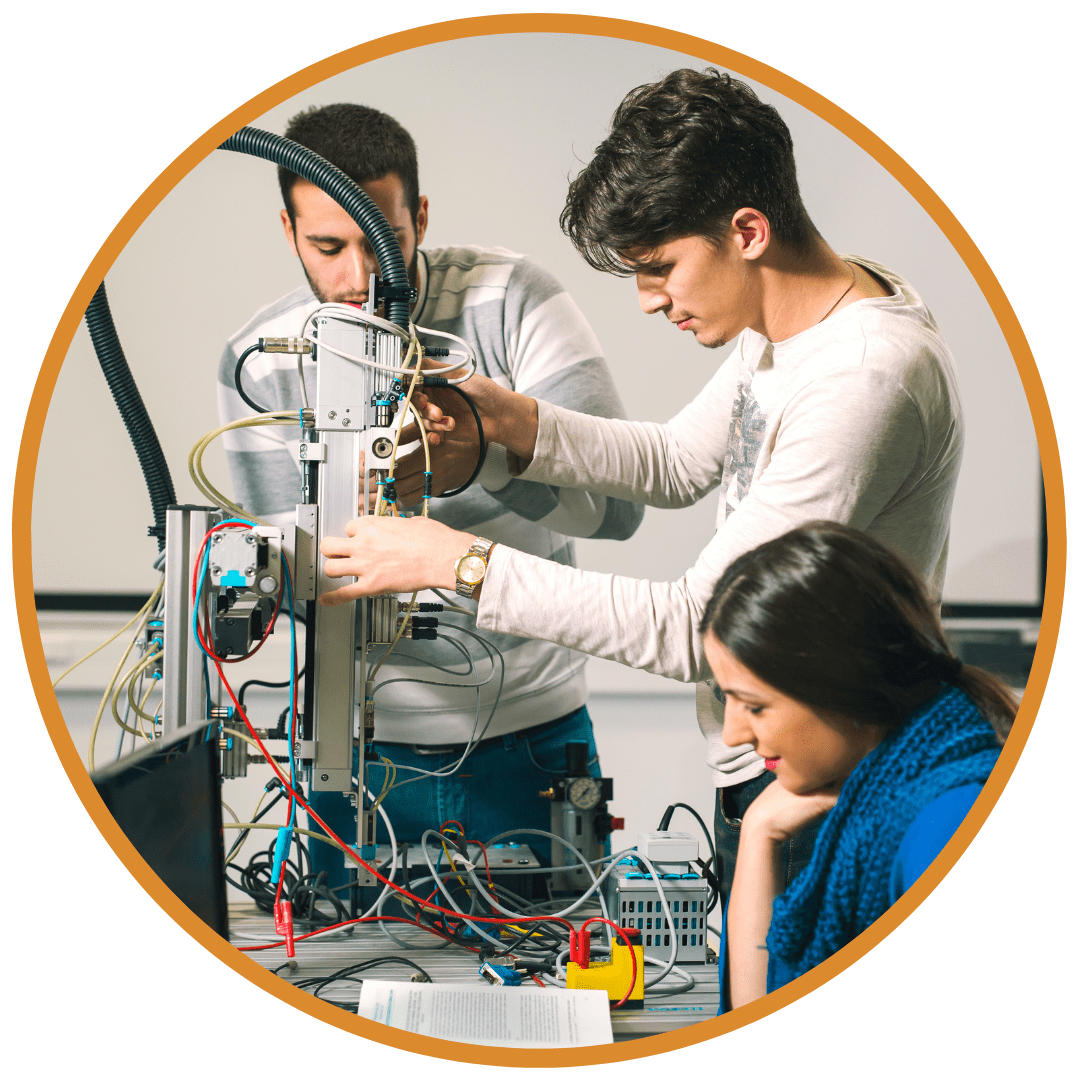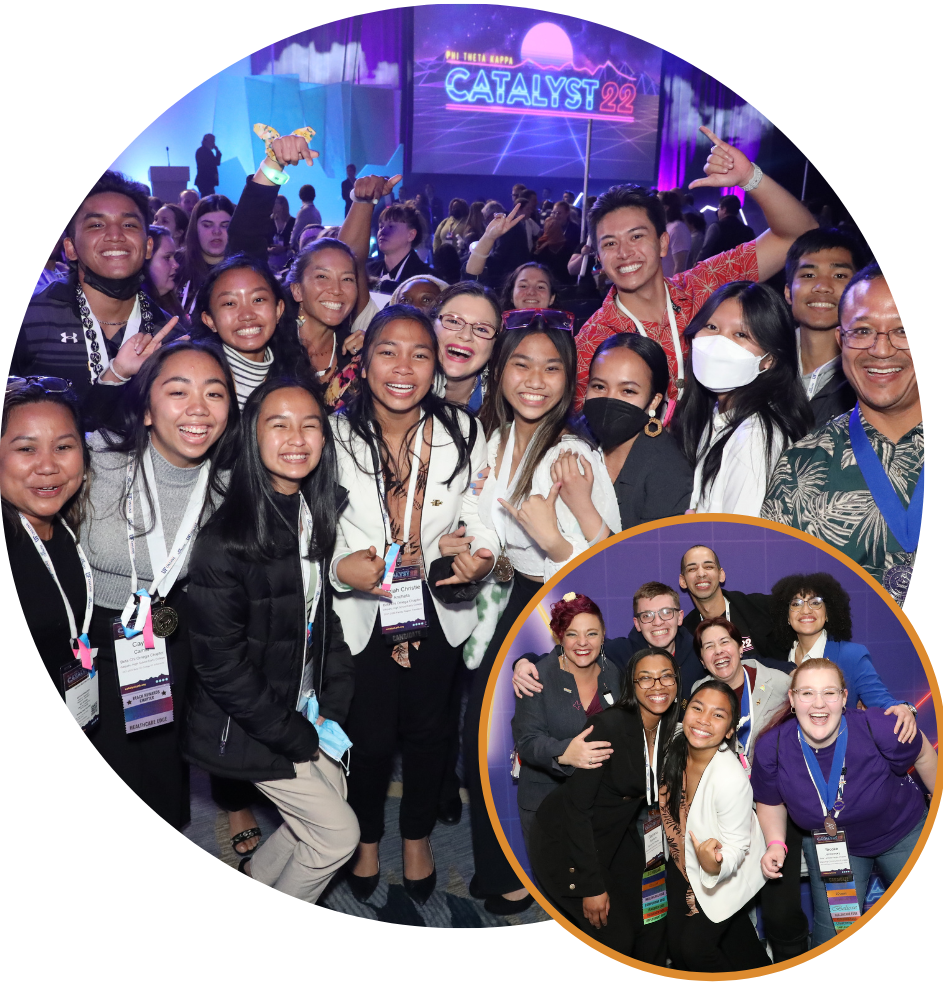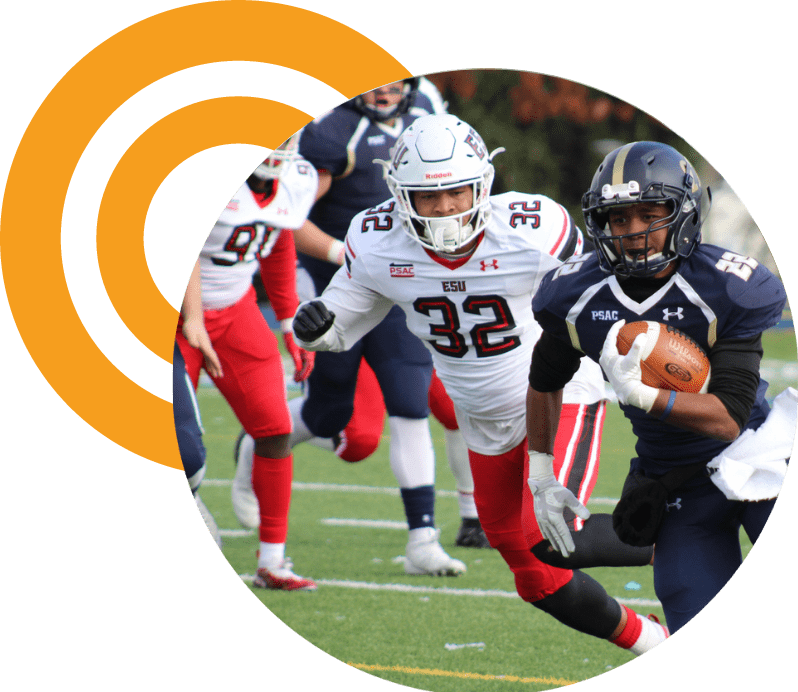


Work Opportunities
Clubs and Organizations
As a college student, sometimes it helps to take a break from the books, relax your brain, and just have a little fun. Engaging in college clubs and organizations can be a great way to do that. Consider these tips when exploring the clubs and organizations your college offers.
Visit the college club fair. These events give you the opportunity to test-drive several organizations at once. You can learn about what they do, meet their members, and find the right fit for you. A bonus – these events usually happen during the first week of classes, so you won’t be the only newbie there!
There is something for everyone. Even the smallest of community colleges have loads of clubs and organizations. Whether you’re interested in sports, culture, hobbies, academics, career, or volunteerism, you are sure to find a club (or several) that match your interests.
Engagement gives your resume a boost. Participating in student engagement opportunities can teach you essential skills that employers are looking for. Don’t sleep on the soft skills – interviewing, networking, elevator pitches, and similar skills will prove invaluable when you start looking for a job, and these skills aren’t necessarily taught in the classroom.
You’ll meet people and make connections. Taking the first step to introduce yourself to a new group can be scary, but the rewards are well worth the effort. As you engage with fellow students, you’ll develop friends who become part of your support network. Plus, by working on club projects you’ll make connections with campus and community leaders and gain experience that can lead to future employment.


Athletics
Community college can offer student-athletes a great start to their college journey. Here, athletes find low-cost, high-quality education along with personalized resources that help them level up athletically and academically.
Think community college athletics don’t measure up? Think again! Each year, over 3,400 teams compete in 28 different sports across multiple divisions in the National Junior College Athletic Association (NJCAA). Community college athletes benefit from increased playing time and more chances to rack up district, regional, and national honors at this level.
First-generation students, non-traditional students, and international students all find a fit in athletic programs at community colleges. Regardless of age or background, athletics pair highly competitive sports participation with an affordable higher education experience that leads to unlimited career paths.
Student-athletes benefit from increased access to professors and coaches, support from fellow classmates, and resources designed to support their academic success. As part of a team, athletes build essential soft skills like time management and leadership that can add value beyond the playing field into their careers.
By participating in sports at the community college level, students can save money via scholarships and earn an associate degree, while also being exposed to varying competition levels – that sounds like a BIG win to us!

